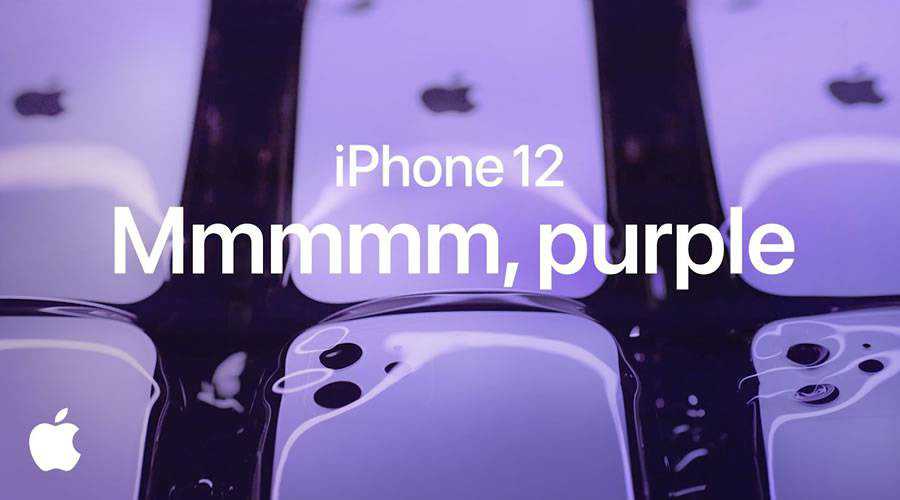Let me start off by asking you a question. How many of you have switched toothpaste brands over the course of your lives? How about deodorant, shampoo, or motor oil for your car? Have you ever thought about what makes one brand of these items different, or better, than the others?
What is it about “your” particular brands that draws you to purchase them again and again? The answer might lie in those brands’ USP.
USP stands for Unique Selling Point. It’s a marketing concept that was developed in the 1940s to explain why certain advertising campaigns were wildly successful, and why others were not.
Basically, it stated that successful campaigns appeal to their target audiences using unique points, or “propositions,” which convince them that the brand of product being advertised is superior to the brand they currently use. Nowadays, a USP simply refers to some part of a product or service that makes it unique from other, similar products or services.
Designers can harness the power of the USP when marketing themselves. We all know that creative professionals are infamously bad at promoting their own work, but by utilizing a USP, it makes the job that much easier. Today, I’m going to show you how that’s done.
Creating Appeal
When determining a product’s USP, first advertisers must come up with a unique proposition to make to their potential consumer market. Specifically, they’ve got to come up with a specific benefit that their consumers will reap by using the product.
For example, if you buy a specific brand of mascara, advertisers might tell you that you will receive the specific benefit of “longer, fuller lashes.” Or if you buy the latest iPhone, according to Apple you will get “the most amazing iPhone yet.”
In order for these claims to be effective, they must actually be true, or at least potentially true to their ideal consumer. USPs aren’t just hyperbole or meaningless advertising – they are actual, direct benefits that you will experience by using the product.
Notice how Apple doesn’t tell you you’ll be getting “the most amazing phone yet.” That would be ridiculous and impossible to quantify since it’s completely subjective. But by having the corner market on iPhones, they’re able to confidently tell you that their latest version is their most amazing version of the iPhone so far.

Of course, any of these USP claims could also be true for the same product produced by a competing brand (how exactly is a hamburger patty from McDonald’s different from one from Burger King?), but that brand didn’t claim that benefit as its USP – your brand did.
If you’re a designer, you’re swimming in a huge pool with other people who do exactly the same thing you do. When you’re marketing yourself to clients, it’s important that you select a USP that separates you from the pack. What specific benefit do your potential clients stand to receive by working with you?
What The Competition Lacks
As a designer, your USP must be something that your competition either cannot or does not offer. If you studied psychology in college, for example, you have the ability to position yourself as “the psychologist designer” (except with a better name, because that one’s pretty lame).
To your clients, you will be known as the designer who uses your strong background in psychology to reach further into the minds of your users, which clients will definitely remember as something unique. Most designers wouldn’t be able to compete with you on that front – that’s your Unique Selling Point.
Of course, you can substitute psychology for another special area of expertise you have that most other designers don’t. I use my professional background in the culinary industry as a USP to catch the attention of my design and writing clients – it helps them remember me and I can use that unique perspective to add a special kind of value to them.

This is the kind of effect you want to have. Even if you haven’t studied anything else in school or worked in any other industries, you can probably still find something in your array of hobbies, interests, and passions which will lend a unique vantage point to your personal brand. Do you like cars? Fashion? Artisanal beer? Interesting – how can you use that as a USP to draw in specially targeted clients?
If you use a side of yourself that others in the design industry don’t normally show, you will immediately stand out to potential clients, as you will have ignited their curiosity.
Of course, there’s a right way to incorporate your personal interests and hobbies into your career, and there’s a very wrong way. Most people, when they attempt it, get it wrong, which is why I’m going to show you the right way here.
Make Them “Get” You
When advertisers develop a USP, they must create something so compelling that it works on not only their existing consumers, but new consumers as well. It must have the power to “pull” in new business. Your personal USP as a designer must accomplish the same thing. It’s vital to any freelancer to have a steady stream of new work.
And potential clients must find value in your USP in order to be interested. And in order for them to find value, you have to provide them with something that they, specifically, want or need.
This is where many people make a wrong turn in using a facet of their personal interests or passions to lure in new clients. They assume that any personal interest will be just as effective, which is not the case at all.

If your special niche is clients in the legal industry, those clients aren’t going to benefit much from your latent passion in basket weaving, fine art, or cat grooming. A personal interest in sociology, philosophy, or chess, however, will catch their interest if presented in the right way. Think about what your hobby provides you in the way of practical skills.
While reading my chess example just now, you might have been tilting your head in confusion, thinking ‘how would liking chess be helpful when catering to legal professionals?’
Well, chess is a strategy game that builds critical thinking skills. As long as you present it in an intriguing way (rather than a creepy way; no one wants to hire a humorless, geeky chess master), you can position yourself as someone who can think in the same kind of way your clients are used to thinking in their own line of work.
Having those critical thinking skills makes you less exotic as someone who’s merely “creative” and possibly a loose canon. It will make you more relatable to non-creatives, or, even better, it will funnel your creativity into a vehicle that non-designers will “get.”
USPs are a powerful tool for freelancers when used correctly. They allow you to harness your own unique skills, interests, and passions to make you stand out from your competition and land exactly the kind of clients you’re perfectly tailored to.
Related Topics
Top